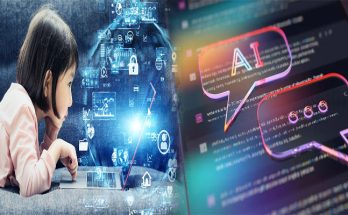The field of education is continuously evolving, and with advancements in technology and changing learning needs, it is essential to explore innovative teaching methods that will shape the future of education. From online learning platforms to gamification and immersive experiences, there are several exciting approaches that can revolutionize the way we teach and learn.
Let’s explore some of the innovative teaching methods that promise to transform education in the coming years:
1. Online Learning Platforms
Online learning platforms have gained significant popularity in recent years, especially with the rise of remote and distance education. These platforms offer a flexible and accessible way of delivering educational content, enabling learners to access course materials, participate in discussions, and complete assignments at their own pace and convenience. They also provide opportunities for collaboration, virtual classrooms, and personalized learning experiences.
2. Gamification
Incorporating elements of gamification into the educational process can make learning more engaging and interactive. Gamification involves the use of game-like elements such as point systems, levels, challenges, and rewards to motivate students and enhance their learning experience. By making learning fun and immersive, gamification can increase student participation and improve knowledge retention.
3. Project-Based Learning
Project-based learning (PBL) is an innovative approach that allows students to learn by actively engaging in real-world projects. This method promotes critical thinking, problem-solving, collaboration, and communication skills. Instead of passively receiving information, students take ownership of their learning and apply their knowledge in practical, hands-on projects that are relevant to their interests and the real world.
4. Flipped Classroom
The flipped classroom model reverses the traditional approach of delivering content in the classroom and practicing it at home. In a flipped classroom, students are exposed to the content prior to the class, often through videos or online reading materials. Classroom time is then utilized for discussions, group activities, and individualized instruction. This approach allows for more personalized and interactive learning experiences, as students can engage with the material at their own pace and receive immediate feedback from the teacher.
5. Virtual and Augmented Reality
Virtual and augmented reality technologies offer immersive experiences that can enhance learning across various subjects. These technologies allow students to explore virtual environments and interact with 3D objects, bringing abstract concepts to life. For example, medical students can practice surgeries in a virtual operating room, or history students can virtually travel back in time and witness historical events. These experiences make learning more engaging, memorable, and experiential.
As we embrace the digital age and adapt to the changing needs of learners, it is crucial to explore and incorporate innovative teaching methods. Online learning platforms, gamification, project-based learning, flipped classrooms, and virtual and augmented reality are just a few of the many approaches that hold tremendous potential for the future of education. By embracing these methods, educators can create dynamic and interactive learning environments that cater to the diverse needs and learning styles of students, preparing them for success in the 21st-century workforce.





